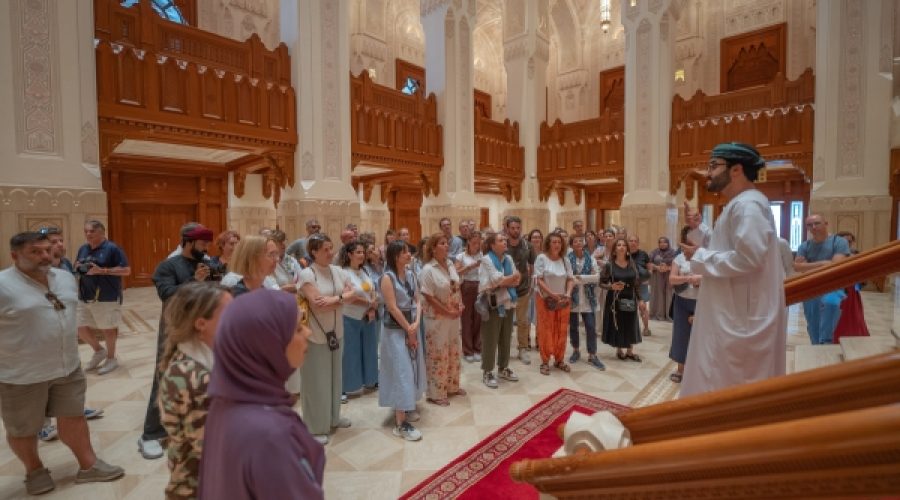Oman’s Tourism Sector Surpasses RO2 Billion in 2024: What This Means for Investors and Entrepreneurs
Muscat: The tourism sector’s contribution to Oman’s national economy reached RO2.12 billion by the end of 2024, up from RO1.75 billion in 2018, marking a growth rate of 3.2 percent, according to recent data from the National Center for Statistics and Information.
The sector’s contribution to the gross domestic product (GDP) also increased to RO2.7 billion in 2024, compared to RO2.3 billion in 2018, demonstrating tourism’s significant role as a key driver of economic growth.
Salim bin Mohammed al Mahrouqi, Minister of Heritage and Tourism, attributed the positive performance indicators in 2024—such as the rise in visitor numbers—to government policies aimed at economic diversification and enhanced coordination among government agencies. He emphasized that these efforts have fostered an attractive investment climate and accelerated the implementation of tourism projects.
The Ministry remains committed to innovative promotional strategies, expanding partnerships with the private sector, and developing tourism products and services to meet visitor expectations and enhance their experience.
Tourism Spending
Total tourism expenditure in Oman rose to RO1.02 billion in 2024, compared to RO960 million in 2018. The direct value added by tourism grew by 5.3 percent to RO1.09 billion, up from RO799.7 million in 2018. This growth highlights the sector’s integration with related industries such as transportation, hospitality, retail, and culture.
Visitor Statistics
Oman welcomed approximately 3.8 million visitors in 2024, with 68.2 percent staying overnight and 31.8 percent visiting for the same day. These visitors spent a combined total of RO989 million, with an average per capita expenditure of RO253.8.
More than 55 percent of incoming visitors were residents of the United Arab Emirates, underscoring the need to enhance land connectivity and simplify travel across Gulf Cooperation Council (GCC) countries.
In terms of international visitors, Europeans represented 16 percent of the total, while Asian visitors accounted for 13.2 percent. This distribution reflects the success of the Ministry’s targeted promotional campaigns conducted through overseas offices.
Purpose of Visit and Accommodation
Leisure was the primary reason for visiting Oman, accounting for 70.2 percent of trips, followed by visiting friends and relatives (17.9 percent), and shopping (5 percent). The average length of stay ranged from five to six nights, totaling 14.8 million tourist nights, which indicates the appeal of Oman’s destinations for extended visits.
Hotel demand has increased, particularly in governorates with growing tourism infrastructure like Dhofar, Musandam, and Al Dakhiliyah, reinforcing the potential for investment in tourism facilities.
Outbound tourism remains significant, with 8.1 million Omanis traveling abroad and spending RO1.8 billion, averaging RO218.5 per person. This reflects substantial domestic expenditure on international travel and highlights opportunities for initiatives to boost tourism development.
Overall, the tourism sector continues to be a vital element in Oman’s economic diversification and growth strategy, supported by effective policies and collaborative efforts across multiple sectors.
Special Analysis by Omanet | Navigate Oman’s Market
The tourism sector’s steady growth to RO2.12 billion by 2024 highlights Oman’s strategic success in economic diversification and tourism development. For businesses, this signals significant opportunities in expanding hospitality, transport, retail, and cultural ventures, especially in emerging tourism hubs like Dhofar and Musandam. Smart investors should consider capitalizing on increasing visitor numbers and government-backed infrastructure projects, while entrepreneurs must prioritize enhancing the tourist experience and regional connectivity, particularly within the Gulf.



